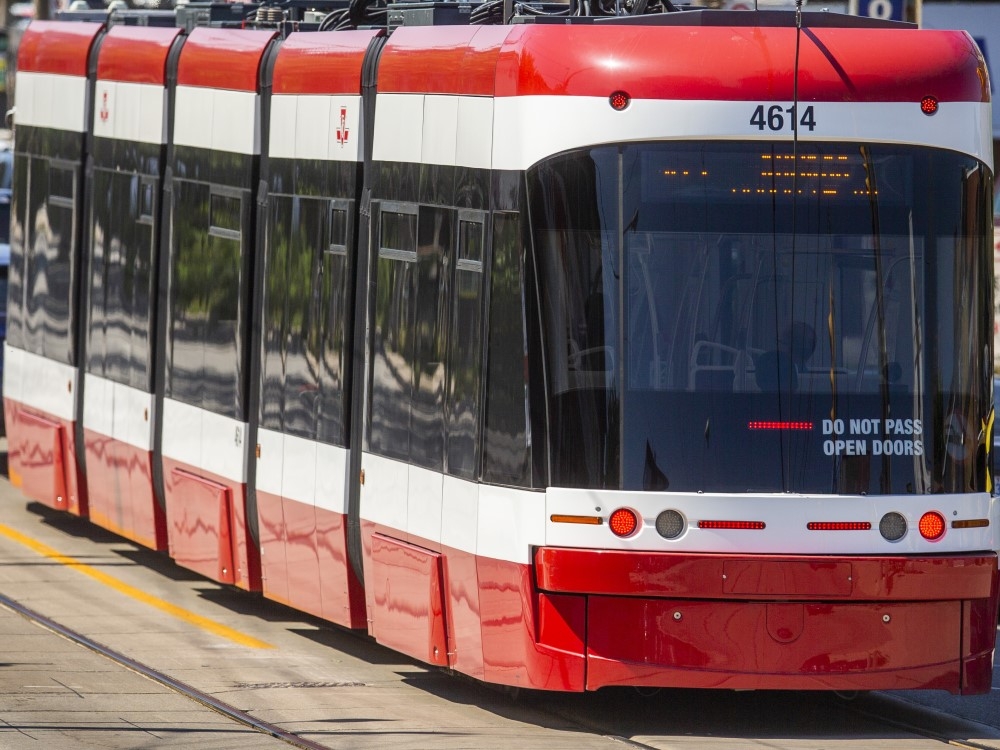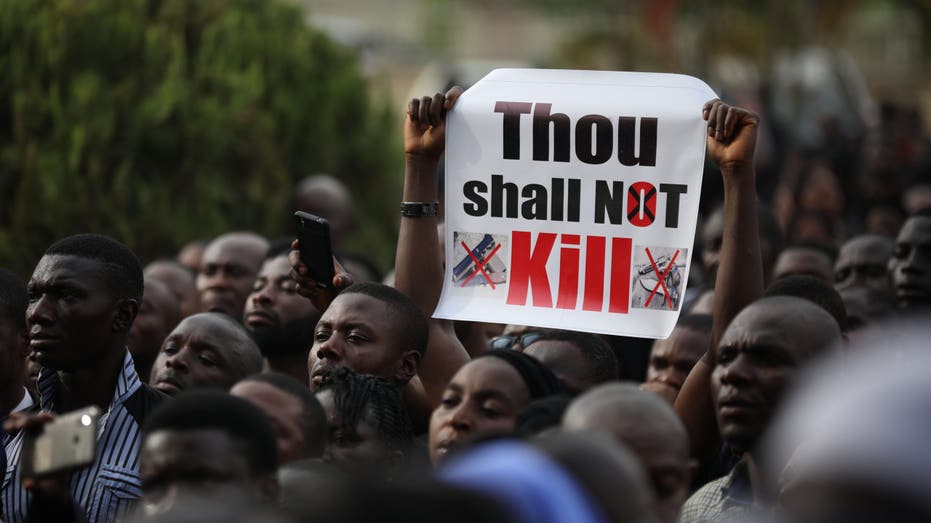A looming financial shockwave is about to hit cities across North America, triggered by newly imposed U.S. tariffs on buses. Transit advocates are sounding the alarm, predicting a ripple effect that will ultimately impact residents and riders.
The tariffs, a 10 percent duty on buses announced earlier this month, stem from U.S. national security concerns. But the reality is a deeply interconnected manufacturing landscape, where parts routinely cross the border between Canada and the United States.
Josipa Petrunic, CEO of a leading transit research consortium, didn’t mince words: mayors should be deeply worried. The tariffs effectively increase the cost of every bus already on order, potentially by up to 10 percent, with no exceptions for existing contracts or trade agreements.

The financial implications are staggering. A single hybrid bus already costs around $900,000, while electric models can easily exceed $1.3 million. These sudden price hikes will severely limit the number of buses cities can afford, hindering fleet expansion and modernization.
The consequences extend beyond budget constraints. Cities may be forced to consider unpopular measures like property tax increases, transit fare hikes, parking fee adjustments, or even congestion charges to offset the added costs.
Rebecca Bligh, president of the Federation of Canadian Municipalities, expressed “deep concern,” warning that the tariffs will directly translate to higher transit costs for Canadians and jeopardize thousands of manufacturing jobs.
Canada’s bus manufacturing sector, already reeling from previous steel and aluminum tariffs, employs over 25,000 people. The industry is dominated by three major players: New Flyer, Nova Bus, and Gillig, all deeply integrated within the North American supply chain.
One manufacturer, New Flyer, is actively assessing the impact of the tariffs, bracing for potential disruptions. The situation underscores the vulnerability of a vital public service to unpredictable trade policies.
The looming crisis demands immediate attention. Advocates are urging governments to prioritize the bus manufacturing industry during trade negotiations and implement measures to mitigate the damage, ensuring communities aren’t left stranded.
The future of public transit, and the affordability of getting around for millions, hangs in the balance as cities grapple with this unexpected and substantial financial burden.





